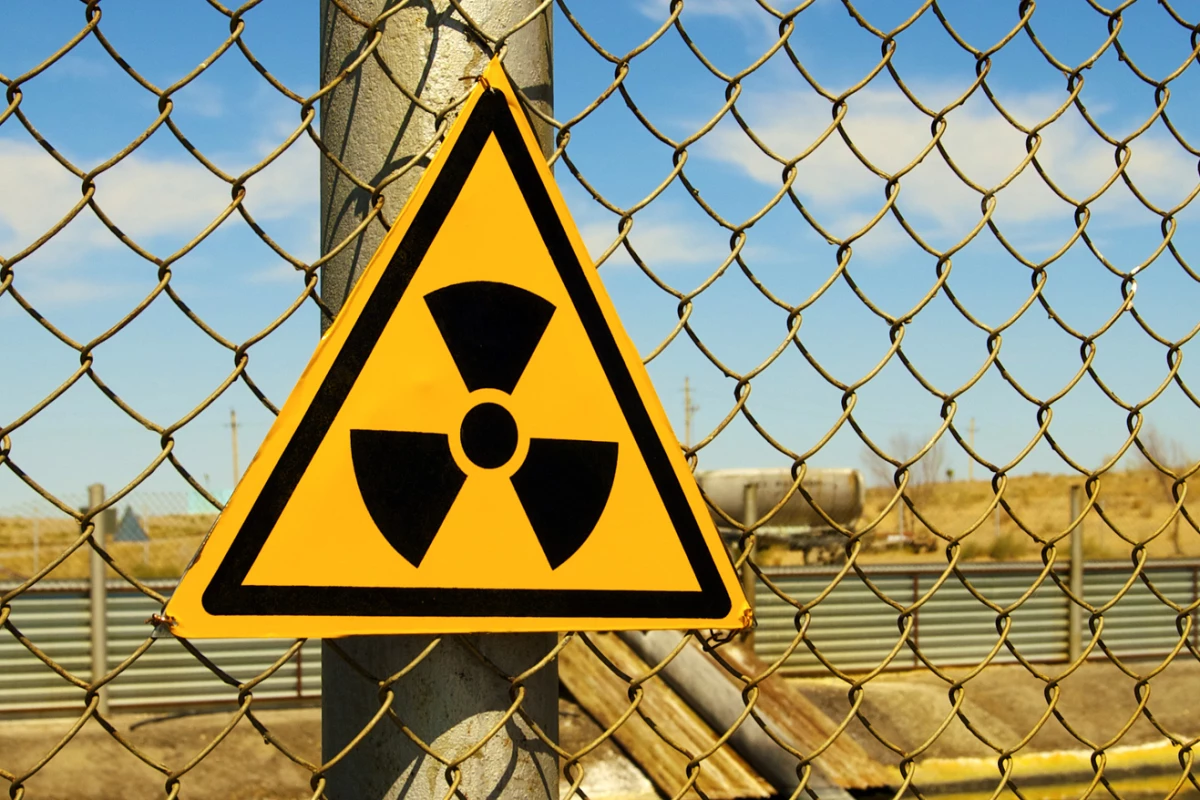Ideally, the body is protected from damaging radiation before it reaches us, by shielding materials or clothing. But now, researchers in South Korea have developed a new type of drug that could prevent some of the tissue damage radiation causes, which has shown promise in tests on cultured human organoids and mice.
Radiation harms tissues in several ways. The first is when DNA is directly hit by radiation and the energy causes mutations. The second is more indirect, when the radiation hits water in the body which produces free radical molecules called reactive oxygen species (ROS). These can then cause widespread damage to cells and tissues.
The new treatment is designed to target this latter scenario. Researchers at the Institute for Basic Science (IBS) in South Korea turned to antioxidant nanomaterials that could help fight back against ROS.
“Excessive reactive oxygen species (ROS) are found in a number of major diseases including sepsis, cancer, cardiovascular disease, and Parkinson's disease, just to name a few,” says Taeghwan Hyeon, an author of the new study.
Two nanocrystals in particular stood out as antioxidants: cerium oxide (CeO2) and manganese oxide (Mn3O4). These materials have in the past proven effective at removing ROS, but they usually require high doses. So, the team on the new study combined the two into one treatment.

The researchers stacked the two on top of each other and found that the combo worked better than either alone. The effect seems to be because the manganese oxide layer becomes more strained, while oxygen vacancy is increased on the surface of the cerium oxide, allowing it to bind to more reactive oxygen species.
The team ran a series of tests to ensure that the nanocrystal treatment is effective and safe. The first batch of experiments were on organoids – tiny living replicas of organs grown from human cells. In this case, they modeled human intestines, and the treatment appeared to work well.
“Organoids pretreated with the CeO2/Mn3O4 nanocrystals expressed more genes that were related to proliferation and maintenance of intestinal stem cells and fewer cell-death genes, compared with the no-pretreatment group,” says Sang-woo Lee, first co-author of the study,
A mouse study followed, with small doses delivered. And sure enough, these worked well too – 67 percent of the animals survived after 30 days, and less oxidative stress was recorded in internal organs, circulation and bone marrow cells.
Importantly, this was a far smaller dose than existing radiation protection drugs. Amifostine is often used to help protect patients undergoing radiation therapy for cancer, and the new nanocrystal dosage was just one 360th of the usual Amifostine dose.
“To ensure a safe and wide application of a radioprotectant in the clinic, the key is to maintain high catalytic efficacy in low doses,” says Kyungpyo Park, an author of the study. “This CeO2/Mn3O4 nanocrystals proves its powerful antioxidant effects to protect our whole body effectively just in small doses.”
Of course, for now the treatment remains some way off human use, but hopefully the animal and organoid test results carry across.
The research was published in the journal Advanced Materials.
Source: Institute for Basic Science






